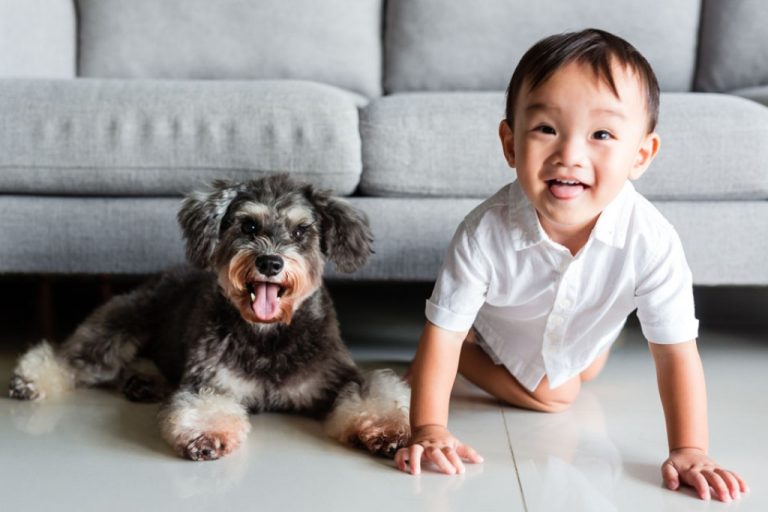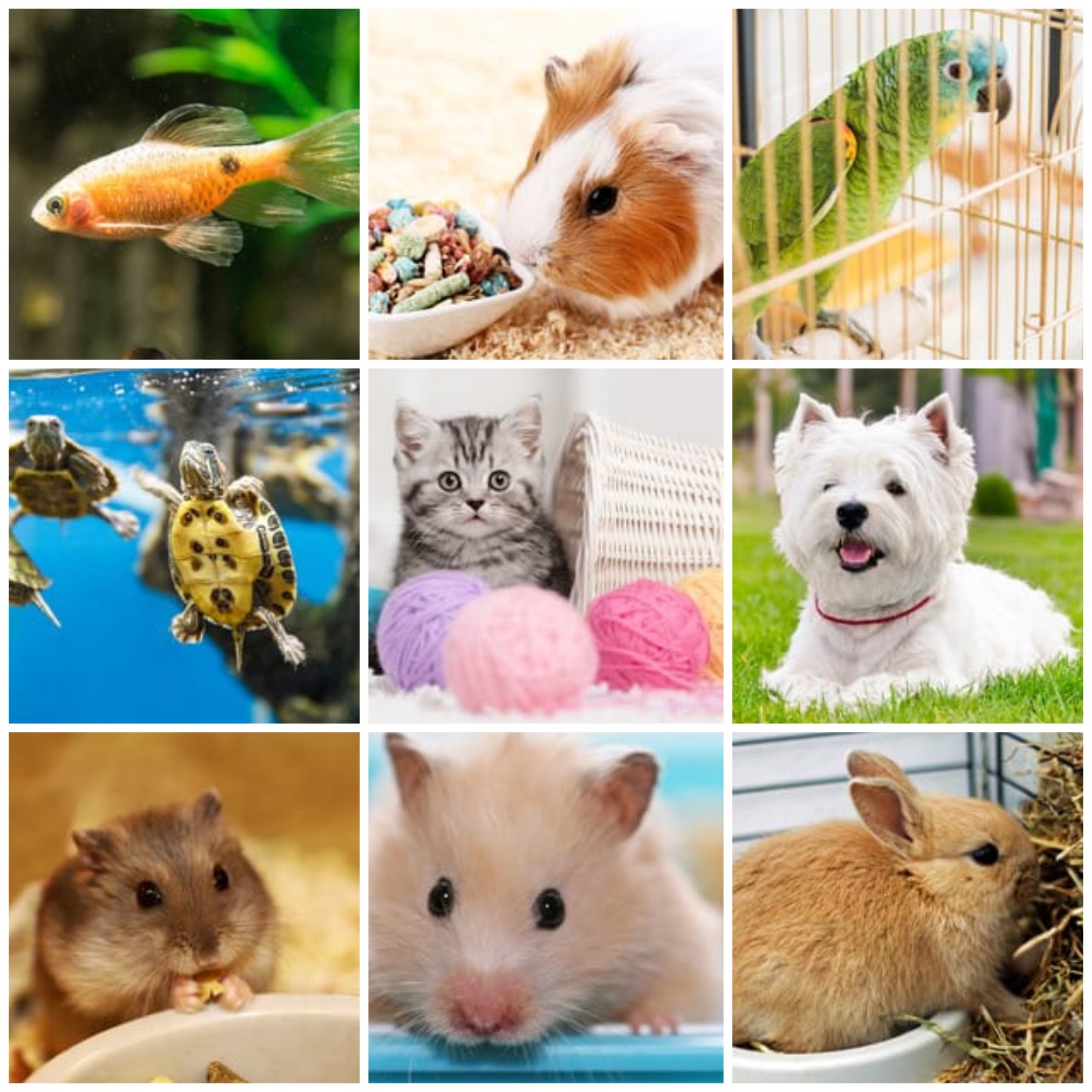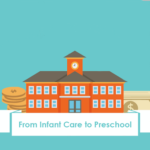
Have you always had a family pet while growing up? Or perhaps, your children have been pestering for the longest time to add a fur-sibling to the family.
Taking care of pets is a huge responsibility – so before you give in to your children’s requests, here are some things to consider.
What is the right age to get a pet for your kids?
As recommended by the American Academy of Pediatrics (AAP), it is a good idea to wait until your child is mature enough to handle and care for animals.
This usually falls around the age of five or six, when children are able to understand and follow through when instructions are given, and are adept at controlling the force when they are touching or playing with animals.
Younger children may have difficulty telling the difference between an animal and a toy, and their actions may provoke animal bites through teasing or mistreatment.
Choosing the right pet for your child: Things to consider

Once you think that your child is developmentally ready for their first pet, have a family discussion on the needs of the animal and all aspects related to the care of it.
There are books and websites that can help with this, apart from visiting a friend or relative who has a pet so that your child can experience firsthand what having a pet at home really involves.
Some areas to consider when choosing the right pet for your child include:
The temperament of the animal
Be sure to research into the temperament of the animal breed that you have shortlisted, as this needs to match the personality of your children. Veterinary experts recommend that dogs and cats be properly and humanely socialised and training using positive reinforcement techniques before bringing them home – the last thing you’d want to deal with are aggression problems right from the start.
Allergies
If your child has a known allergy such as eczema, hay fever or asthma, having a pet at home may not be such a good idea after all. The dander of some animals (i.e. shed skin cells, hairs and feathers) can trigger allergic symptoms in some children.
When in doubt, do check with your child’s doctor for advice.
How much time does your family have to care for the pet?
Although you have assessed your child to be ready to take care of a pet, the next thing to ask yourself is, do you have time to supervise and ensure that all pet-related chores are done?
Some pets like dogs and cats require daily attention as they need to be fed, cleaned up after and taken out for walks. Other pets like fish, turtles, birds, guinea pigs and hamsters do not require constant care and may be a better choice for busy families.
In addition to pet care, there is also the pet’s health such as visits to the vet for check ups and jabs in which you, as a parent, would need to assume responsibility for.
Younger vs older pets
When choosing a pet for your child, look for one with a gentle disposition and do not mind having children near them.
An older animal that was raised in a home with children is often a good choice for a child. Younger animals such as a puppy or kitten, however, may bite out of sheer mischief and playfulness. However, it is best to avoid choosing older pets that were previously raised in a home without children, as you would not know how well the animal would be able to fit in with your family and home setting.
Always buy or adopt pets from reputable breeders and shelters. This is to protect yourself and your child from the risk of bringing home an ill or diseased animal.
Involving children in pet care
Having a pet at home is a shared responsibility of all in the family, including your children.
Here are some ways in which children can help care for the pet, according to age:
Toddlers and preschoolers
At this age, children can help with simple pet chores such as grooming and putting new bedding in cages. Children below 6 must be supervised at all times with pets of any size – be it for chores or while playing with pets.
Primary schoolers
Depending on your child’s personality, children from age 7 to 12 may be able to keep their own small caged pets such as birds or fish. You will still need to supervise the pet care and maintenance, while your child handles the entertaining, feeding and grooming of the pets.
At this age, your child and pet dog can start going on walks together – subject to the size and obedience of the animal.
Teens
Pre-teens and teens can assume greater responsibility over pet care without direct supervision, as they are now more aware of the things that need to be done. While you do not need to do the pet care chores alongside with them, you will need to check to ensure that your child has indeed carried out all the chores that they are supposed to do.























